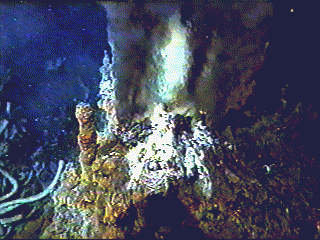We have not yet fully appreciated the consequences of unleashing a busy discipline—that which is called “landscape architecture”—across the surface of the Earth without much more than a gesture toward its role or responsibilities.
The website of the American Society of Landscape Architects starts its helpful “What Does A Landscape Architect Do” page with the sentence “Landscape architecture combines art and science,” then links to “What Is Landscape Architeture [sic] PDF,” which begins, “Landscape architecture translates as the design of almost anything under the sky.” (One wonders about “almost.”) A third document on the same website—also titled “What is landscape architecture?”—is mostly about quantifying the “contribution” of “landscape architecture services” to the “U.S. economy.”
![]()
This is likely why in the current moment of cathartic and long-repressed reform most of the energy seems focused on the two questions of “who are allowed to be landscape architects?” (mostly white people) and “who is landscape architecture for?” (mostly white people). Less attention is being paid to the third question: “what does landscape architecture do?”—that is, the question of the consequences of landscape architecture.
Of course, much of landscape architecture’s professional identity rests precisely in the belief that we understand consequences: if I build a path here, then people will go there; if I install this soil, then that plant will grow; if I add such program, then property values will increase by so much. These are surficial questions with knowable-seeming answers.
It is harder to believe that one knows the answer to causal questions such as “if I train 26,000 landscape architects without first determining the bounds of the profession and give them authority to interfere in public space, what will they do?” Here are three potential consequences that stand to be further examined:
1. The consequences of how we understand our projects; or, the consequences of scale.
E.g., “If we sort and subdivide causes and effects based on their physical size—i.e., scale—such as is typically the first step in the ‘design process,’ then which hierarchies, singularities, and unidirectional causal arrows are we perpetuating?”
2. The consequences of how we communicate our capacities; or, the consequences of teaching.
E.g., “If teaching is how we expand our capacity to act in the world, then what agencies are we forgoing, or excluding, by limiting this communication to formal, one-way, monocasual classroom relationships?”
3. The consequences of what landscape architecture means; or, the consequences of landscapes.
E.g., “If landscape architecture is the practice of embedding cultural meaning into the physical environment, then what cultures are we creating by focusing exclusively on bourgeois recreation and ecological services?”
